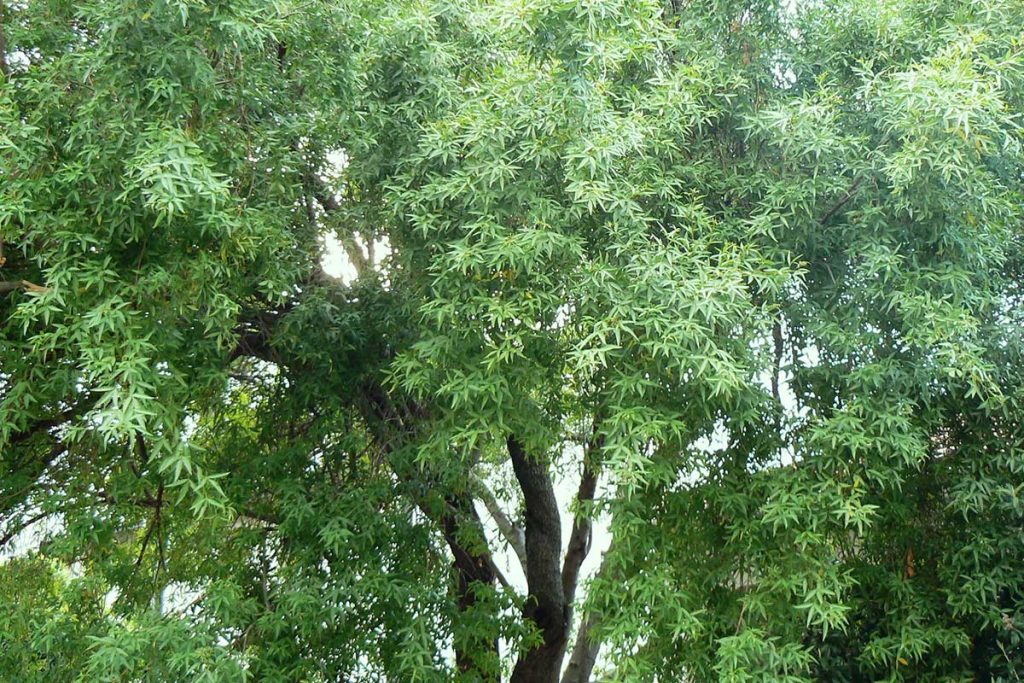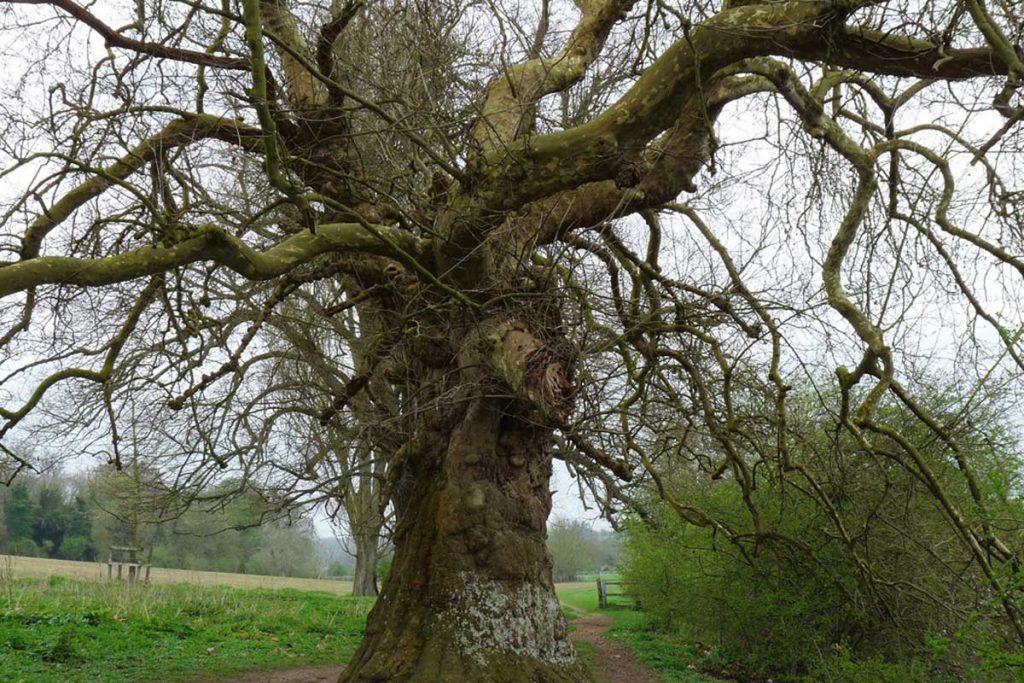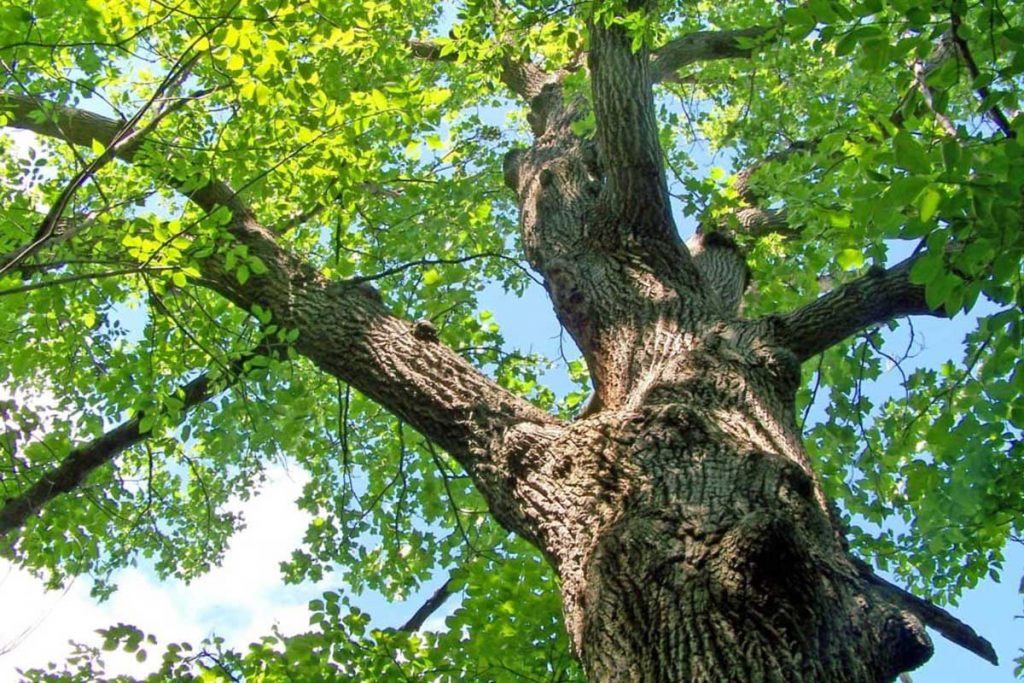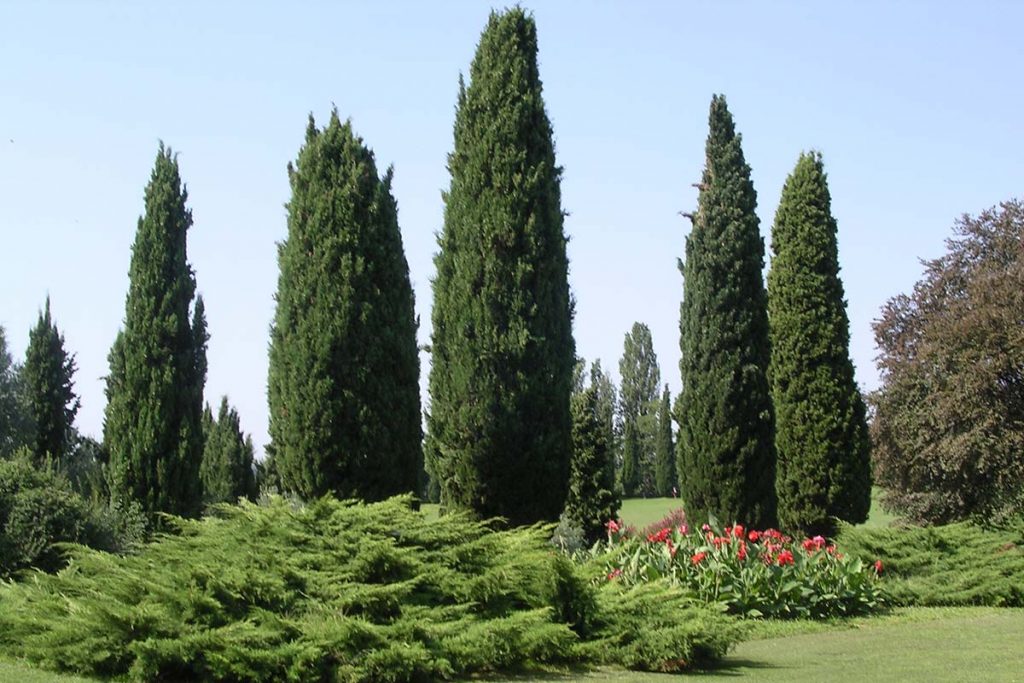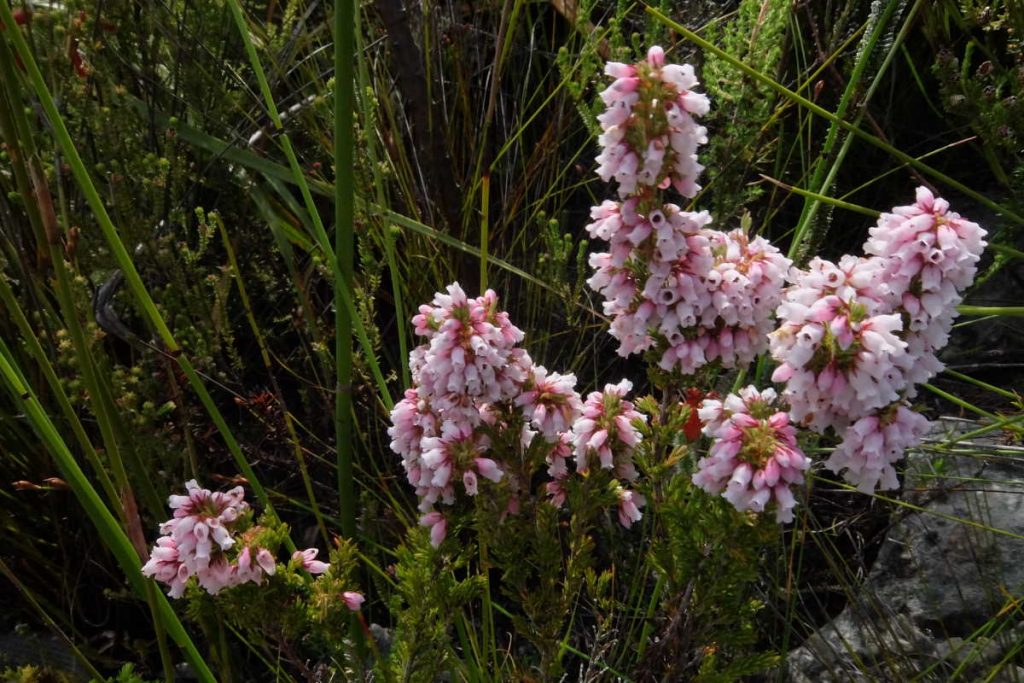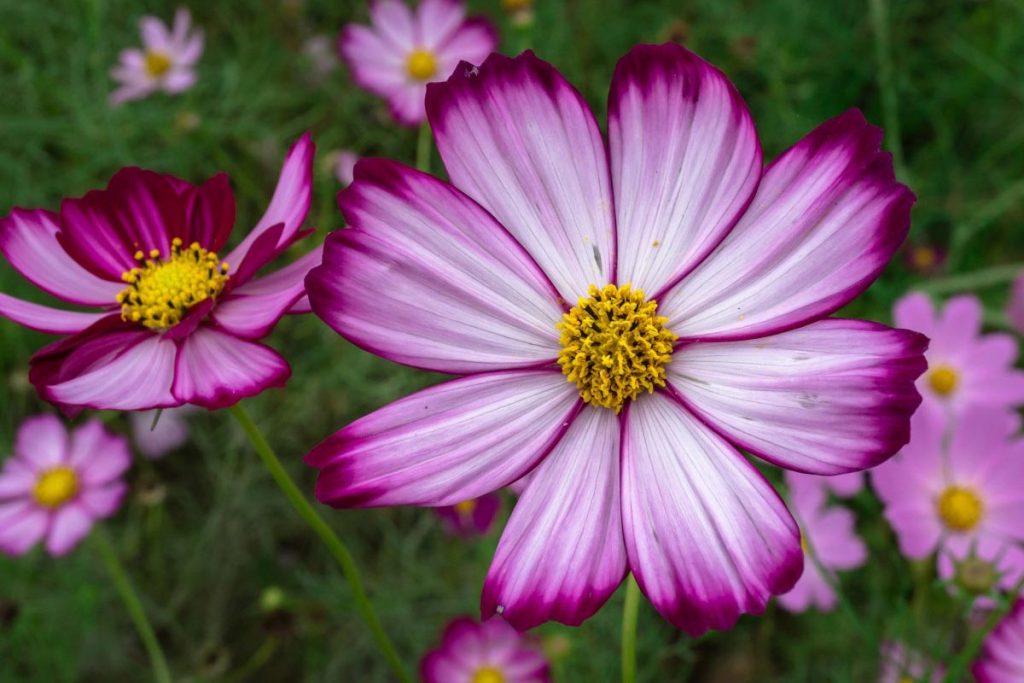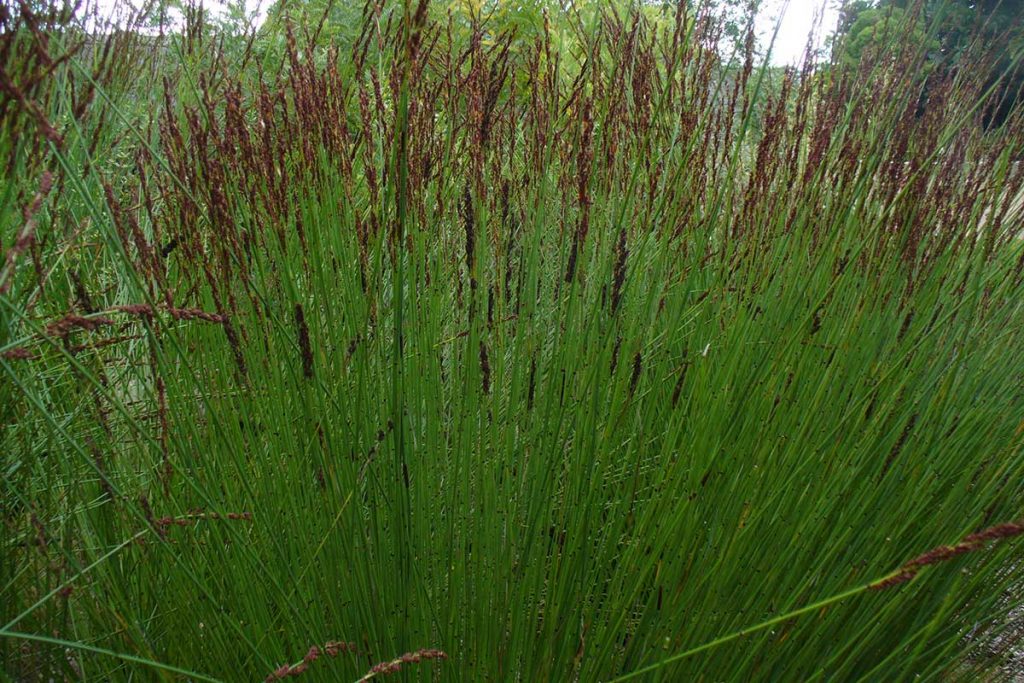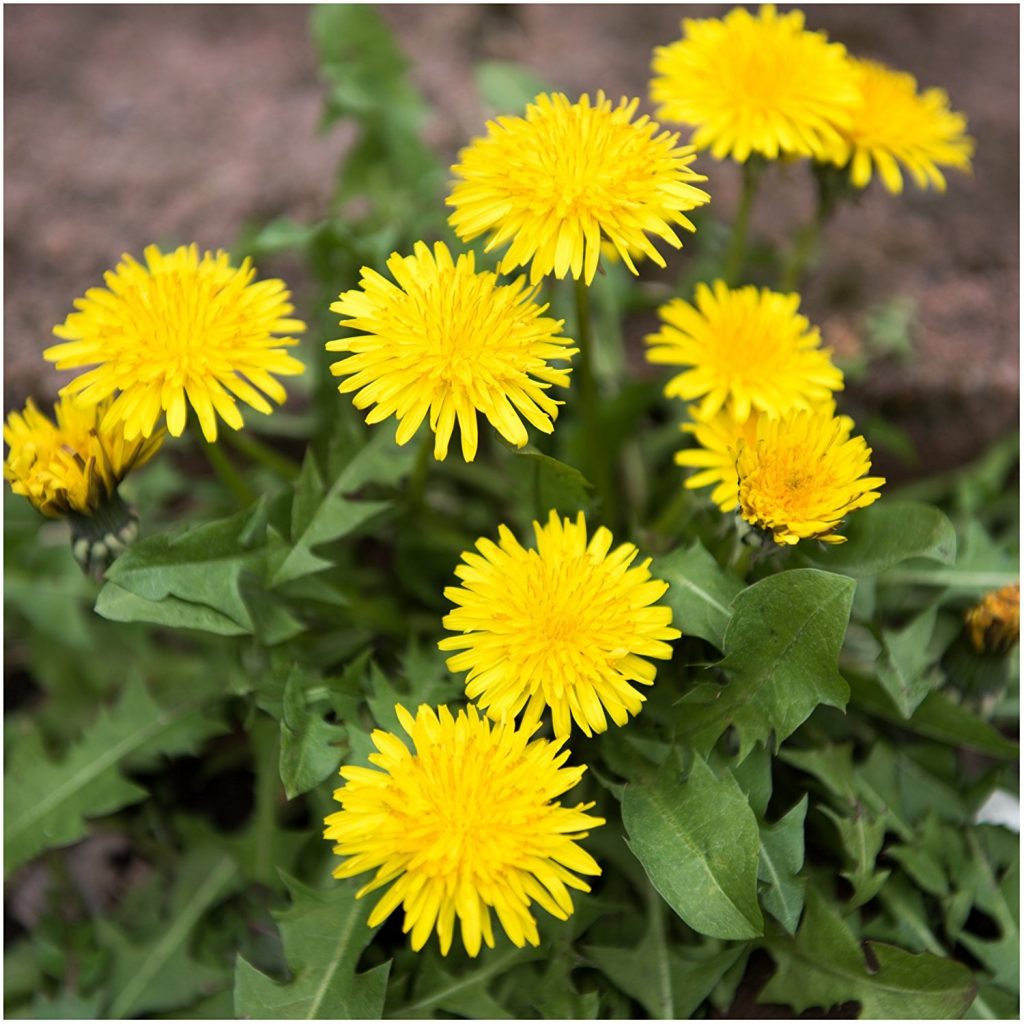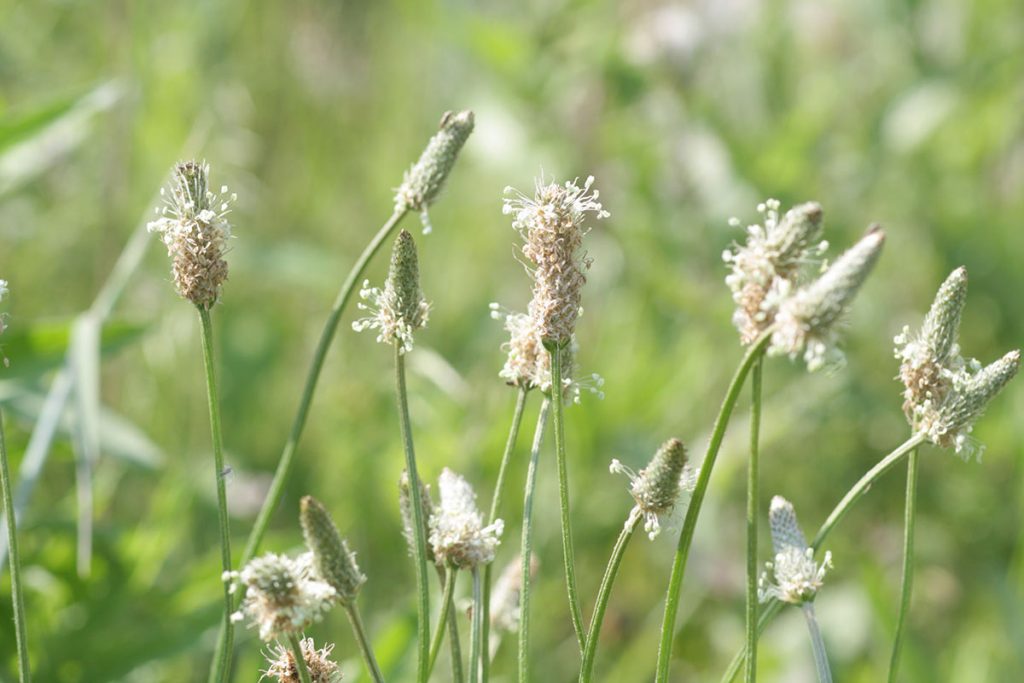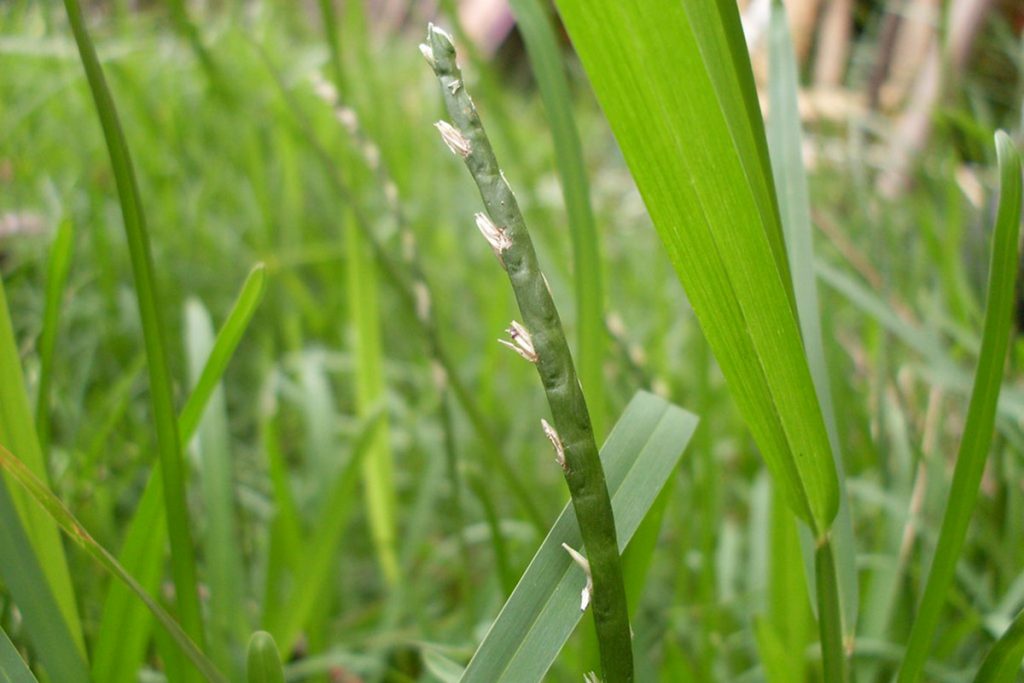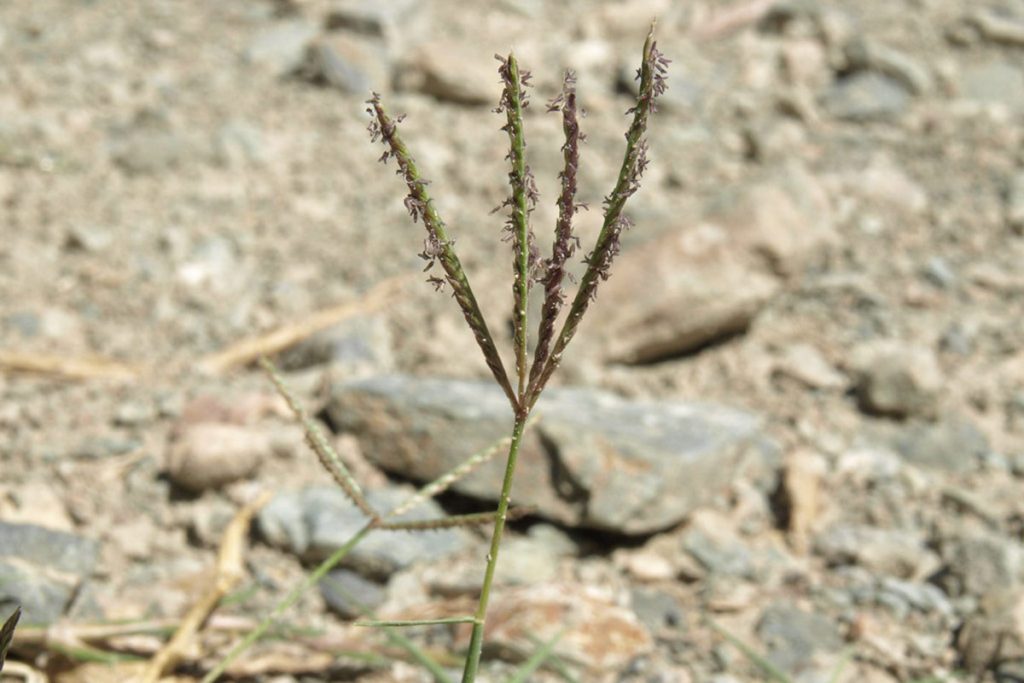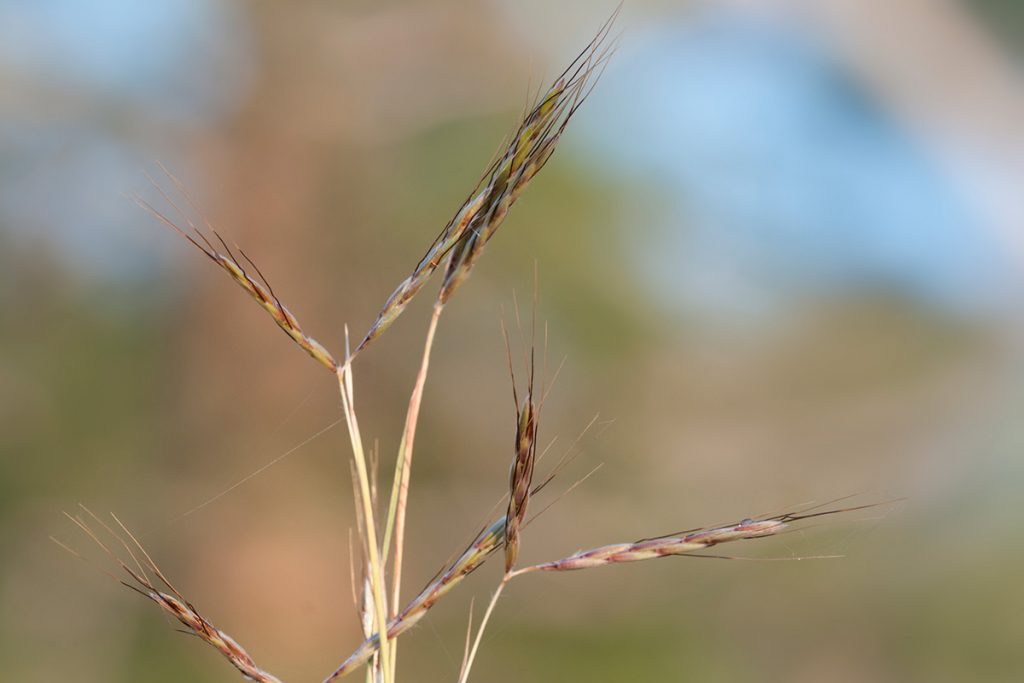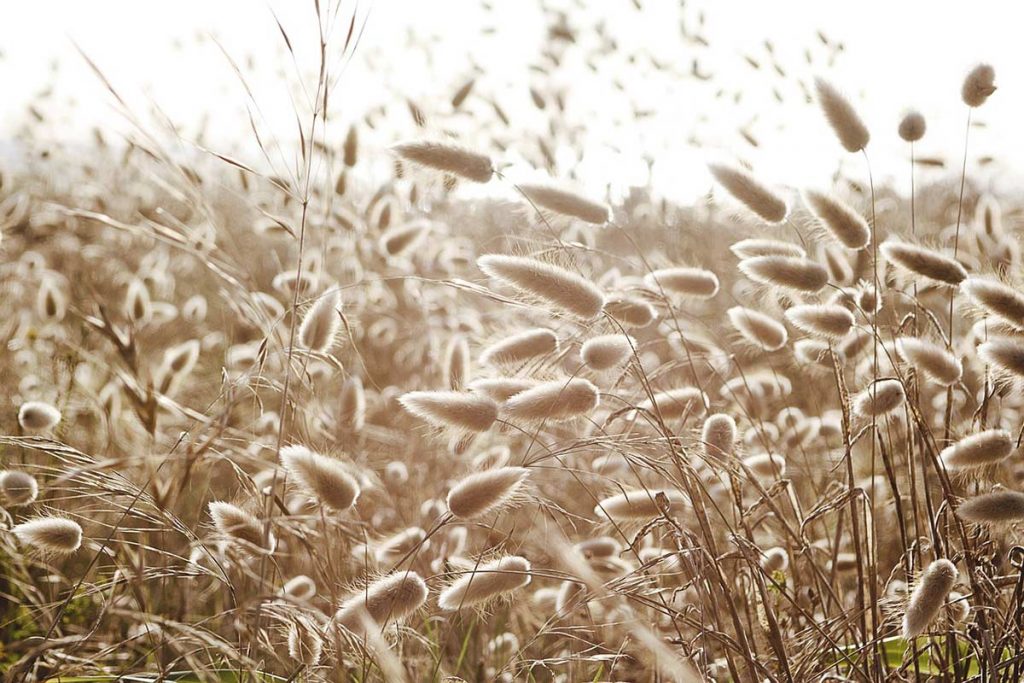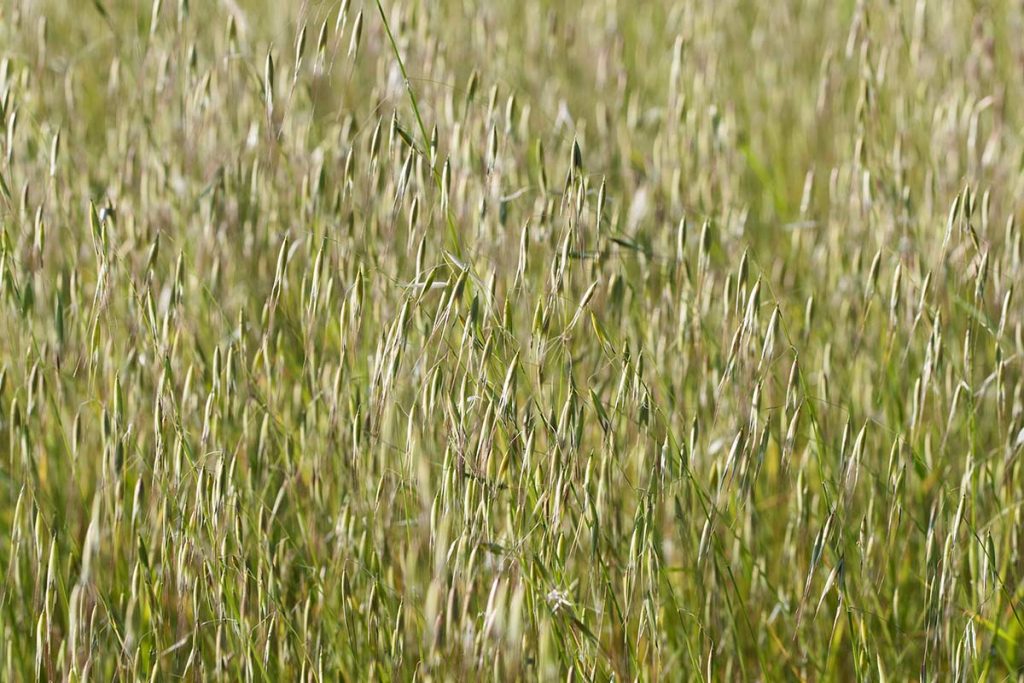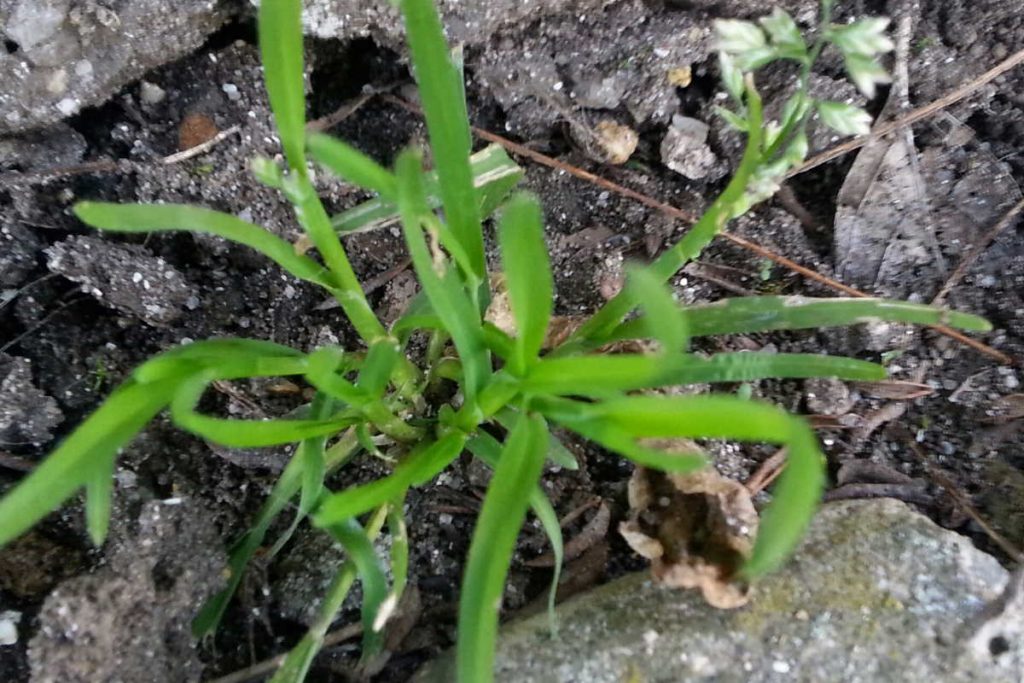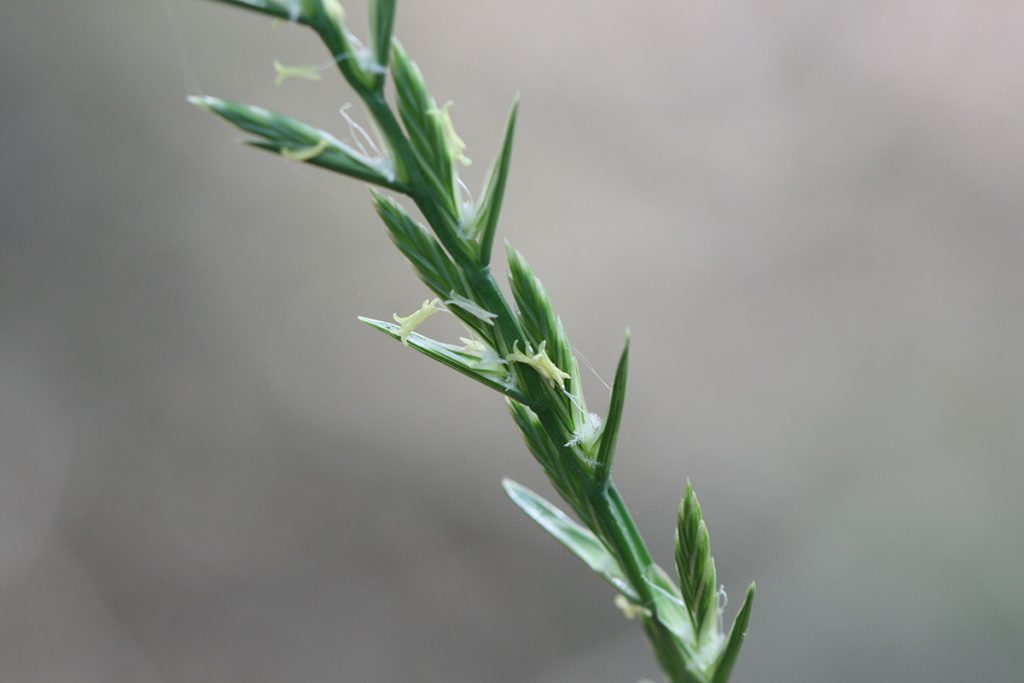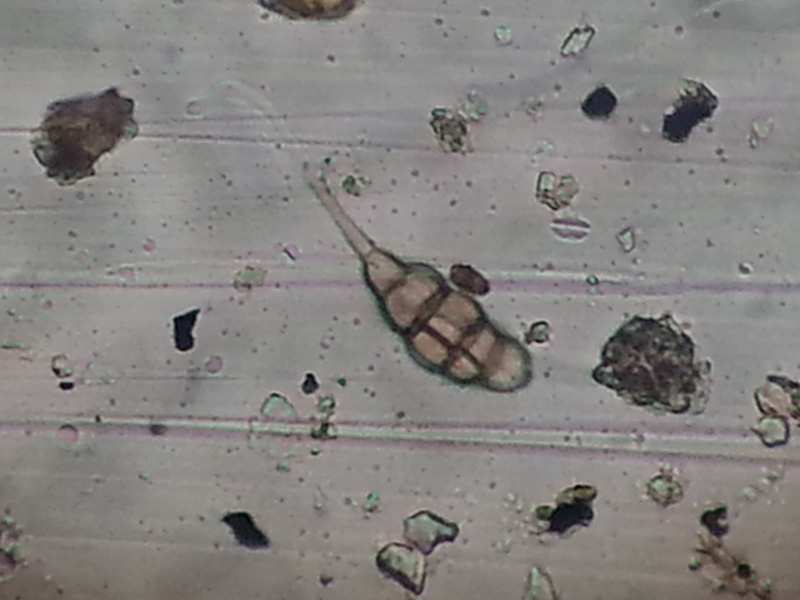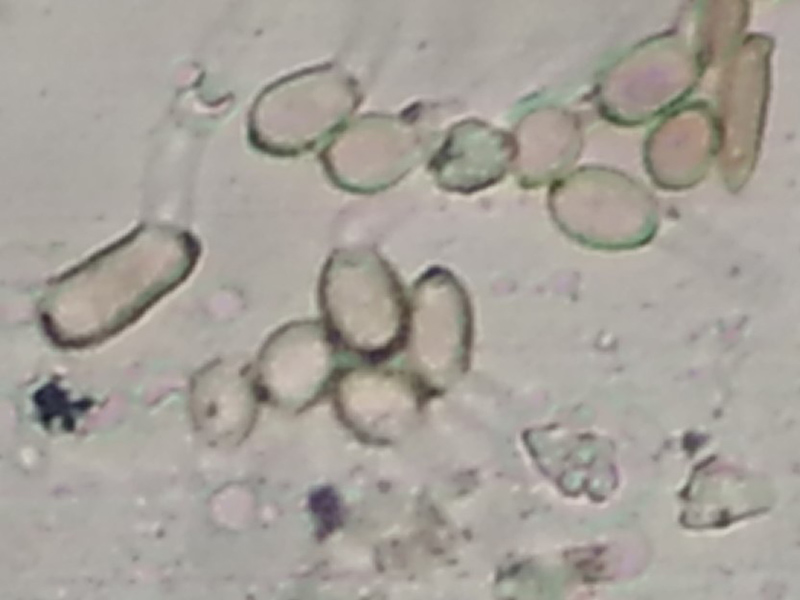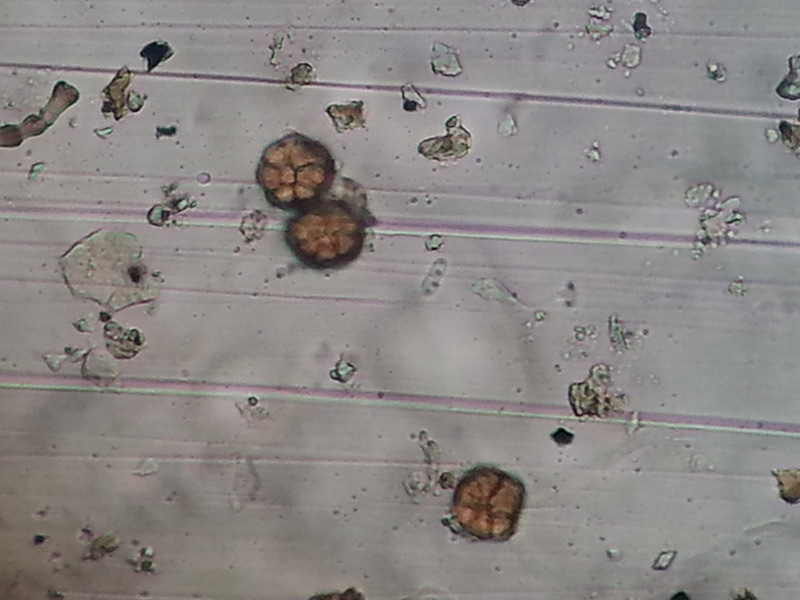Not all plant pollen causes allergy
Pollen that triggers allergic symptoms is called “allergenic”. Not all pollen is allergenic.
Big bright flowers like those from jacaranda or acacia trees, which are large, sticky and insect pollinated are NOT allergenic.
Windborne pollens are mostly allergenic. They usually come from small, insignificant plants like grasses. Grasses release millions of windborne pollen grains in spring.
Interesting facts
The most allergenic pollen in SA comes from the plants that are not indigenous but have been introduced; for example trees like plane and oak from the Northern Hemisphere are extremely allergenic.
Fynbos is rarely allergenic
South Africa's most allergenic Plants
Trees
Weeds
Grasses
Kikuyu
The common name for this grass is Kikuyu and it originated in East Africa. It is favoured as a lawn grass. Take care that the nursery is selling the female grass seedlings that do not produce pollen. Like bermuda grass, kikuyu grass allergy must be tested for separately.
Mould allergy
Mould allergy may trigger asthma or allergic rhinitis. Most of the fungal spore or mould aeroallergens fall into 3 phyla, or divisions: the Zygomycota, Ascomycota and the Basidiomycota. Moulds commonly grow on decaying vegetation, compost heaps and soggy autumn leaves, but provided the conditions for their growth are met they will grow indoors and outdoors. Common allergenic moulds are Alternaria, Aspergillus, Cladosporium, Epicoccum and Penicillium. The different moulds may have a wide temperature range and while some are ‘dry air’ moulds, others prefer moist environments. However, even the ‘dry air’ moulds require some moisture for their growth. Rain, followed by warm temperatures favours high concentrations of airborne mould spores. Unlike plants, moulds will produce spores in any season provided the weather conditions are suitable.
Autumn and spring often provide ideal conditions in the Western Cape, while many moulds will flourish for much longer periods in the subtropical climate of KwaZulu-Natal. In Mpumalanga moulds grow best in the warm, wet summer months.

